When winter rolls around, nothing can make your home feel warmer and more inviting than the glow of a cozy fire burning steadily in the fireplace. But if you’re in the market for an easy and efficient way to keep your house warm during the cooler months, then a gas fireplace may be just what you’re looking for. However, before taking advantage of these modern heating alternatives, it is important to consider their pros and cons – particularly when it comes to safety. In this blog post we will dive deeper into whether or not gas fireplaces are safe enough to add warmth and comfort to any home without alarming risks.
What Is A Gas Fireplace?
A gas fireplace is a heating appliance that generates heat using natural gas or propane. Gas fireplaces can be either vented or ventless, depending on the model. Vented models require a chimney and are typically installed in existing masonry fireplaces, while ventless models use an oxygen sensor and do not require a chimney.
Gas fireplaces provide more efficiency and convenience in comparison to traditional wood-burning fireplaces. Gas fireplaces do not produce any smoke or air pollution, which is unlike wood-burning fireplaces that create smoke and soot. They also produce instant heat with the simple flip of a switch.
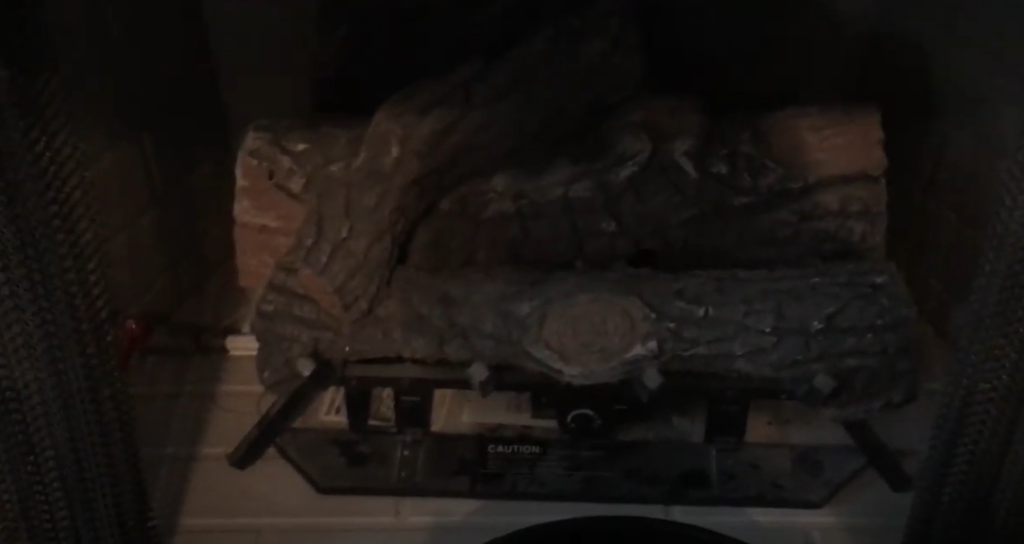
Are Gas Fireplaces Safe?
The safety of gas fireplaces depends on the installation, maintenance and use of the appliance. It is important to ensure that any gas fireplace installed in a home is an approved model, professionally installed and regularly inspected. Gas fireplaces can be a safe and efficient way to heat a home, but only if they are properly maintained and used according to instructions.
When looking at the safety of gas fireplaces, there are several things to consider. The most basic precaution is making sure that all combustible materials are kept away from the unit – this includes furniture, curtains, bedding etc., as well as anything else flammable or easily ignited could cause a hazard. Additionally, it’s important to make sure that the venting system is in good condition and that any air intakes are clear from obstructions.
Regular maintenance of a gas fireplace is also key for its safe functioning. This involves having an inspection done every year by a qualified professional who can check that all connections are secure, repair any damage or rust, check combustible materials and ensure proper ventilation. It is also beneficial to use a carbon monoxide detector in the home, which will alert you if levels become too high. [1]
With proper installation, maintenance and use, gas fireplaces can be safe and efficient sources of heat for your home. If you have any questions or concerns about safety with your gas fireplace, contact an experienced technician who can provide advice and answer any queries. With these precautions in mind, gas fireplaces can be a great source of warmth and comfort in your home.
How Long Can You Leave A Gas Fireplace On?
When it comes to safety and efficiency, gas fireplaces are an excellent choice. However, there are certain precautions that must be taken when leaving a gas fireplace on for extended periods of time. Generally, it is not recommended to leave your gas fireplace on longer than four hours at a time. This is because the pilot light uses energy even when the main burner is off which can lead to increased gas consumption and higher utility bills. Additionally, leaving the pilot light on for too long may result in carbon monoxide buildup in your home. To ensure your safety and avoid high energy costs, make sure you turn off your gas fireplace after four hours of use.
It’s also important to note that many newer models of gas fireplaces come with a safety feature that will automatically shut off the fireplace after four hours. This is to prevent potential fire hazards and ensure proper use of the appliance. If you have an older model without this feature, it’s important to remember to turn off your gas fireplace manually when not in use. Keeping your gas fireplace on for any longer than four hours can be dangerous and should be avoided at all times.
In conclusion, it is generally recommended that you do not leave your gas fireplace on for more than four hours at a time. Not only does this reduce the risk of carbon monoxide buildup in your home, but it also helps conserve energy and lower utility bills.
Make sure to always check the manufacturer’s instructions before operating your gas fireplace, as certain models may require different safety measures and warnings. Doing so will help ensure that you are using your gas fireplace safely and responsibly. [2]
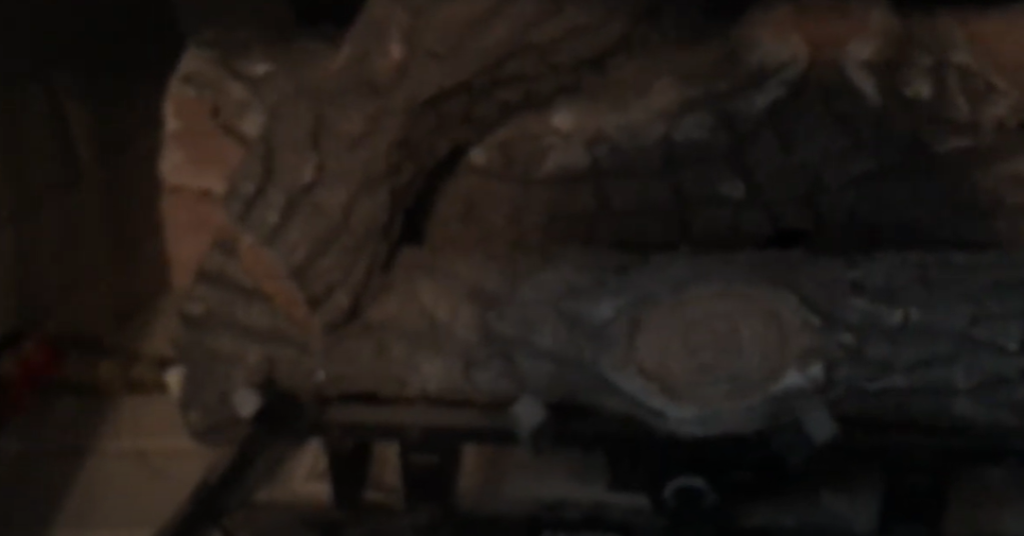
How Much Gas Does A Gas Fireplace Use?
Gas fireplaces are a great way to add warmth and comfort to your home. But one of the most important considerations when installing a gas fireplace is how much gas it will use.
However, this is only a rough estimate as every model of gas fireplace is different and the actual fuel usage can vary greatly depending on factors such as the type of gas used, the size and configuration of the fireplace, the insulation of your home, and even outdoor temperature.
For those looking for a more efficient option, there are now models that use much less fuel than traditional fireplaces. These ultra-low emission (ULE) fireplaces burn about half as much gas as standard models and often feature improved efficiency ratings. This makes them an excellent choice for those who want to save money and help reduce their carbon footprint.
No matter what type of gas fireplace you choose, it is important to remember that they all require regular maintenance in order to operate safely and efficiently. Make sure to get your fireplace serviced regularly to ensure that it is working properly and using fuel efficiently.
By understanding how much gas a gas fireplace uses, you can make an informed decision about the type of fireplace that best suits your needs. With careful selection and maintenance, you can enjoy the warmth and ambiance of a gas fireplace without having to worry about high energy costs or safety risks.
How Much Does It Cost To Run A Gas Fireplace?
The cost of running a gas fireplace will depend on several factors, such as the type of fuel used, the size of the room that needs to be heated, and how often the fireplace is operated. Generally speaking, however, you can expect to spend anywhere between $50-$200 per month in fuel costs. The cost is also influenced by local energy rates and efficiency ratings, so it’s important to do your research before purchasing a gas fireplace.
Additionally, consider any installation fees or ongoing maintenance requirements when planning your budget. With proper use and maintenance, you should be able to get many years’ worth of efficient heat from your gas fireplace.
Ultimately, investing in a gas fireplace could save you money in the long run compared to using traditional heating sources. Just make sure to factor in the associated costs before making your purchase. [3]
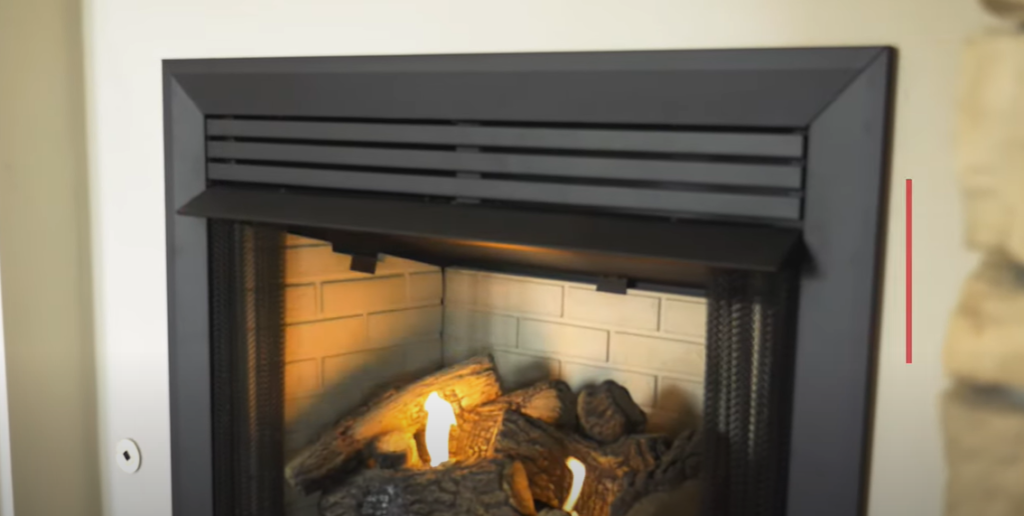
Is It Safe To Leave Your Gas Fireplace On When Not At Home?
When it comes to gas fireplaces, safety is of the utmost importance. With that being said, leaving your gas fireplace on when you’re not at home can be a risky endeavor. Not only are there potential hazards related to the gas itself, but there may also be risks related to carbon monoxide poisoning or other environmental concerns.
If you want to leave your gas fireplace running while you’re away from home, it’s important to take extra precautions in order to ensure your safety and the safety of those around you. Here are some tips for how to safely use a gas fireplace when not at home:
- Only use high-quality logs and fuel that meet the manufacturer’s guidelines and burn cleanly.
- Have your gas fireplace inspected regularly by a professional to ensure that it is functioning properly and safely.
- Install carbon monoxide detectors near the fireplace to alert you in case of any leakage or buildup of this dangerous gas.
- Before you leave, be sure to check for any visible signs of blockage on the exhaust vent or chimney flue.
- Make sure that all doors and windows are closed tightly before leaving the house, as they can cause drafts which may lead to an increase in hazardous gasses in the air.
- If possible, turn off the gas supply line when you’re away from home for extended periods of time. This will help prevent any potential accidents with the appliance while you’re away.
By taking the necessary precautions, you can help ensure that you and your family are safe while using a gas fireplace when not at home. Remember, if anything looks or smells suspicious, it’s always best to turn off the appliance and contact a professional right away. Safety always comes first! [4]
Can You Burn Wood In A Gas Fireplace?
Many people wonder if you can burn wood in a gas fireplace. The answer is yes, but it is not recommended for several reasons. Burning wood in a gas fireplace can create air pollution, smoke and residue that may settle into the flue and cause problems for your appliance down the road. Additionally, burning anything other than what is designed to be burned in your gas fireplaces can void your warranty with the manufacturer. Finally, burning wood or any combustible material could potentially result in an unsafe situation due to improper ventilation or unexpected flares ups.
If you are looking to have the look and feel of a real wood-burning fireplace without all of the hassles, then consider investing in an electric log set instead. Electric log sets are safe and easy to install and will provide the same ambiance of a wood-burning fire without the smoke, mess, or hassle.
No matter what your choice is, safety should always be your number one concern when using any type of fireplace or appliance in your home. Make sure you read all instructions carefully before using any type of appliance and follow all manufacturer guidelines for proper operation and care. Additionally, if you have questions or concerns about whether a gas fireplace is safe to use in your home, contact a professional HVAC technician who can answer any questions you may have.
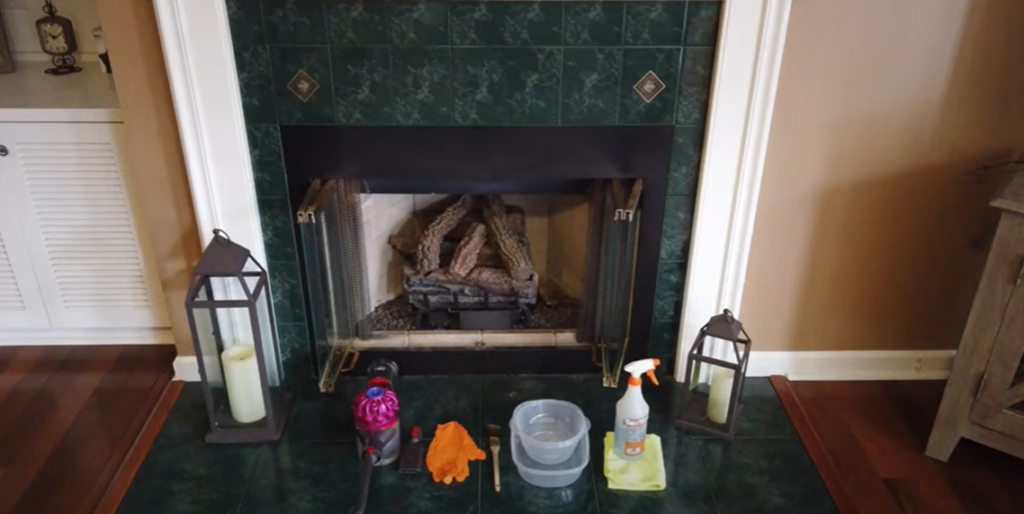
Are Ventless Fireplaces Safe?
Ventless fireplaces, also referred to as unvented or vent-free fireplaces, are becoming increasingly popular due to their convenience and cost. Unlike traditional gas fireplaces that require a chimney and ventilation system, ventless fireplaces do not require additional ventilation, making them more affordable and easier to install. However, many wonder if they are safe for use in the home.
The answer is yes — ventless gas fireplaces are generally considered safe when installed correctly and all safety instructions are followed. Ventless gas fireplaces provide efficient heat, but produce lower emissions than wood-burning models as most of the fuel is burned instead of released into the atmosphere.
The main source of concern with these types of units is the potential for carbon monoxide (CO) buildup. To prevent any dangerous levels of CO from accumulating, ventless fireplaces are equipped with oxygen depletion sensors that shut off the gas supply if it drops below a certain level.
In addition to following safety instructions and using appropriately, ventilation should still be considered when installing a ventless fireplace. Although these fireplaces do not require additional vents, proper air exchange is important to ensure safe operation and help reduce odors. Opening windows and doors near the fireplace can help circulate fresh air into the room to keep levels of CO low. [5]
How Much Maintenance Is Required For Gas Fireplaces?
Gas fireplaces are relatively low maintenance, but there are a few things to keep in mind. The most important is that the fireplace and its venting system must be inspected and serviced annually by a licensed professional. This ensures that all parts of the system are working properly and efficiently.
Additionally, any gas logs or other components should be checked for wear and damage on an ongoing basis to ensure safe operation.
Finally, you should clean the glass front at least once a year to remove soot buildup which can reduce efficiency and cause smoke issues. Keeping up with these basic maintenance tasks will help keep your gas fireplace running safely for many years.
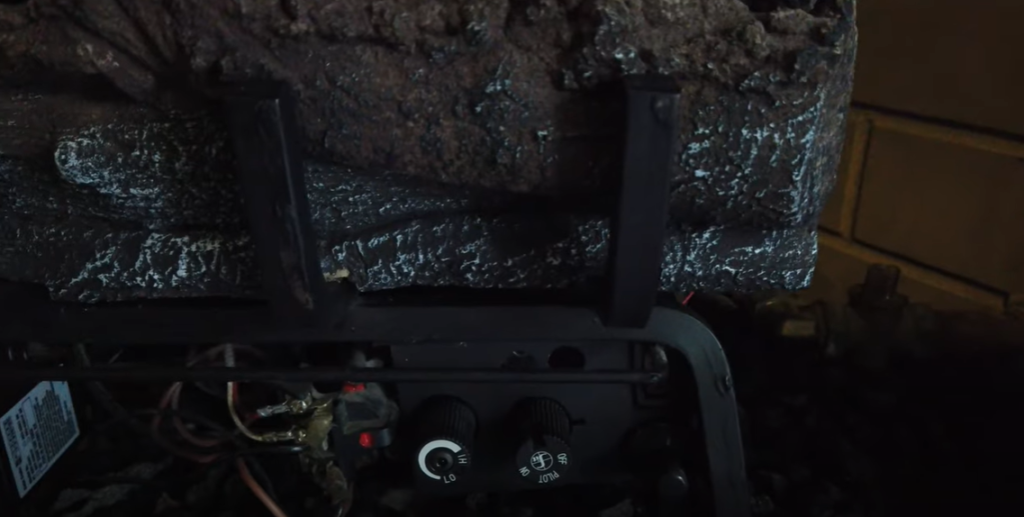
Are Gas Fireplaces Affordable?
Gas fireplaces are a great way to keep your home warm and cozy. But in addition to being an attractive and efficient option for heating, they can also be cost effective. By installing a gas fireplace, you may see lower energy bills compared to using traditional sources of heat such as electric or oil. Gas fireplaces provide instant warmth with no need to wait for the furnace or boiler to kick in. Additionally, they are safe and easy to use, making them an ideal choice for many homeowners.
In addition to lower energy bills, gas fireplaces also require less maintenance than traditional heating systems. Gas fireplaces do not need to be cleaned out or adjusted like wood-burning stoves or furnaces, so you will save time and money on upkeep costs. They also tend to last longer than other heating options, ensuring a return on your investment for years to come. [6]
FAQ
Are indoor gas fireplaces safe?
Yes, indoor gas fireplaces are safe to use when properly installed and maintained. Natural gas is a clean-burning fuel source that produces fewer emissions than traditional wood burning fires. When used as a primary heating source, it can reduce energy costs. Gas fireplaces must be inspected periodically to ensure they meet safety standards and local codes. Additionally, it’s important to follow the manufacturer’s instructions for proper installation and maintenance of your gas fireplace. Following these steps will help you stay safe while enjoying the warmth and ambiance of an indoor gas fireplace.
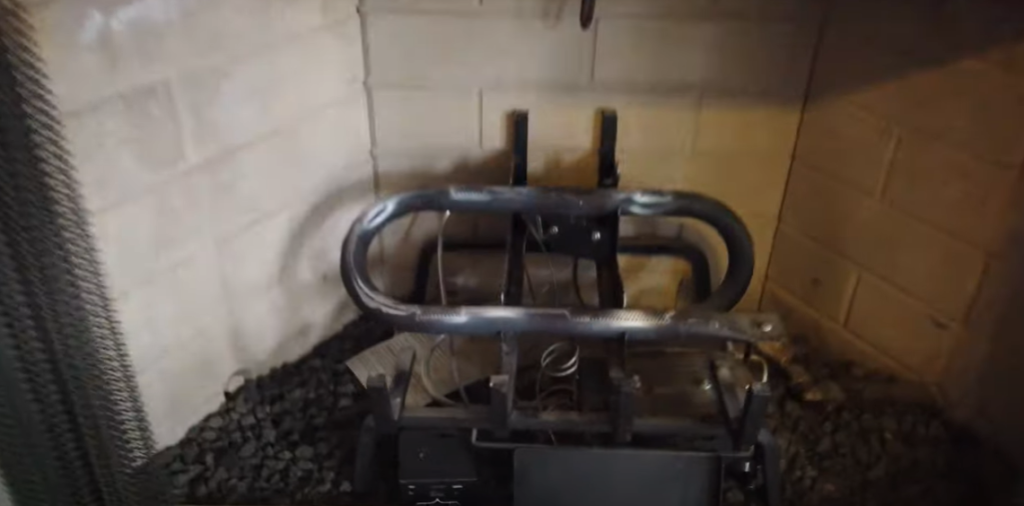
What should I do if I smell natural gas?
If you smell natural gas in your home, leave the house immediately and call your local emergency number or utility provider right away. Natural gas is odourless, so the smell may be caused by an additive in the fuel line to help detect leaks. Do not attempt to locate or repair any gas lines yourself and do not turn appliances off or on or use any electrical switches while in the home.
Are natural gas fireplaces expensive to operate?
No, natural gas fireplaces are energy-efficient and can actually save money compared with traditional wood burning fires when used as a primary heating source. The cost of operating a natural gas fireplace will depend on the type of fireplace you have and your local utility rates. However, many natural gas fireplaces feature advanced technology that allows them to operate using less energy than traditional wood burning fires, resulting in lower bills during cold weather months.
What is the best type of natural gas fireplace for my home?
The best type of natural gas fireplace for your home will depend on several factors, including the size and layout of your space, your budget, and personal preferences. There are a variety of styles available to choose from, including traditional or contemporary designs that can add warmth and beauty to any room in your home. Additionally, some gas fireplaces come with features such as remote controls or thermostatic control systems that allow you to adjust the temperature according to your needs.
What are the disadvantages of a gas fireplace?
The main disadvantage of a gas fireplace is that they can be more expensive to install than traditional wood burning fireplaces. Additionally, some gas fireplaces require venting in order to function properly and safely. Lastly, gas fireplaces must be inspected regularly to ensure they meet safety standards and local codes.
Do gas fireplaces take oxygen out of the air?
No, gas fireplaces do not take oxygen out of the air. In fact, they are more efficient than traditional wood burning fires, which can produce smoke and other pollutants that can impact air quality. Additionally, when used as a primary heating source, gas fireplaces can reduce energy costs and help to keep your home warm and comfortable during cold winter months.
Is there an age limit for using a gas fireplace?
Yes, depending on local regulations it is recommended that children under the age of 12 should not operate or be allowed near a gas fireplace. Additionally, it’s important to read all manufacturer labels and instructions before allowing anyone to use the fireplace. Following these steps will ensure everyone in your family stays safe while enjoying the warmth and ambiance of an indoor gas fireplace.
Are gas fireplaces easy to maintain?
Yes, gas fireplaces are relatively easy to maintain. Unlike wood burning fireplaces, which require cleaning and regular maintenance, a gas fireplace does not need to be cleaned and only requires occasional inspections for safety purposes. Additionally, many models feature advanced technology that allows them to operate using less energy than traditional wood burning fires, resulting in lower bills during cold weather months.
Useful Video: Gas Fireplace 101 – Vented, Vent-Free & Direct Vent Gas Fireplaces Explained
Conclusion
In conclusion, gas fireplaces are a safe option for home heating. They provide efficient heating and convenience without the mess of traditional wood burning fireplaces. When properly installed, maintained, and operated according to manufacturer’s instructions, gas fireplaces can be an effective and safe way to heat your home. If you have any questions regarding the installation or maintenance of a gas fireplace, please consult with a qualified professional before proceeding. Doing so will help ensure that your gas fireplace is functioning safely and efficiently for many years to come.
References:
- https://www.ortalheat.com/blog/7-essential-gas-fireplace-safety-tips
- https://www.gensecurity.com/blog/can-a-gas-fireplace-cause-carbon-monoxide-poisoning
- https://croftfireplace.com/4-essential-gas-fireplace-safety-tips
- https://www.realflame.co.uk/blog/gas-fireplace-safety/
- https://verticalchimney.com/blog/how-long-can-you-run-a-gas-log-fireplace/
- https://www.boston.com/real-estate/real-estate/2023/02/01/are-gas-fireplaces-health-hazard/

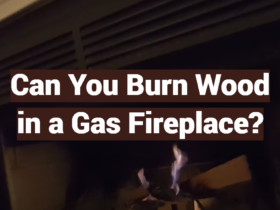
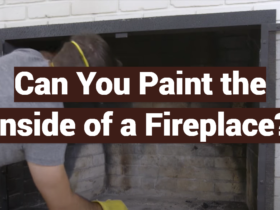

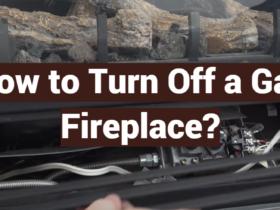
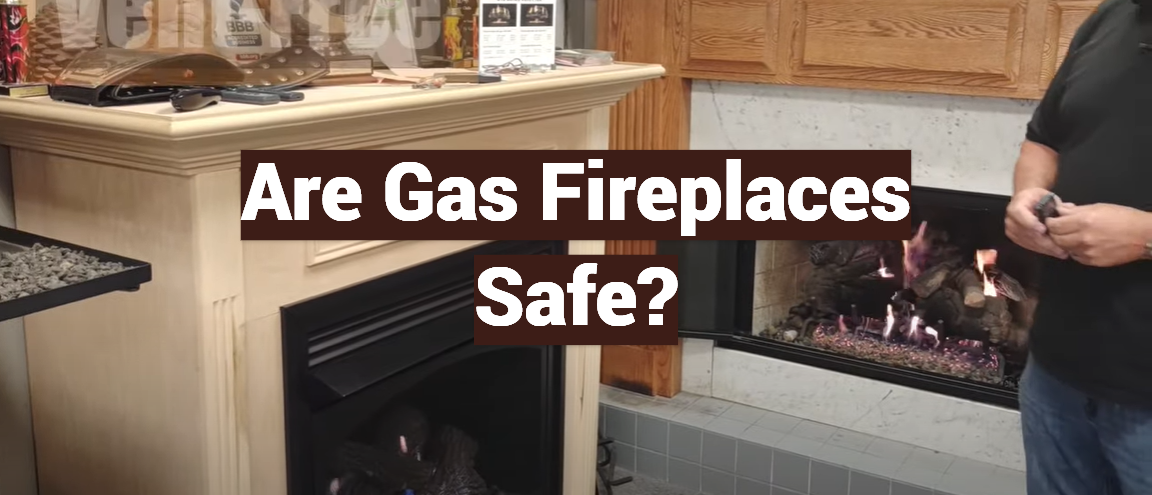


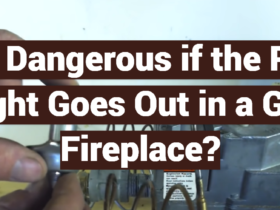
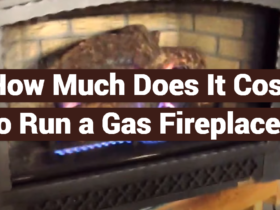
Leave a Review